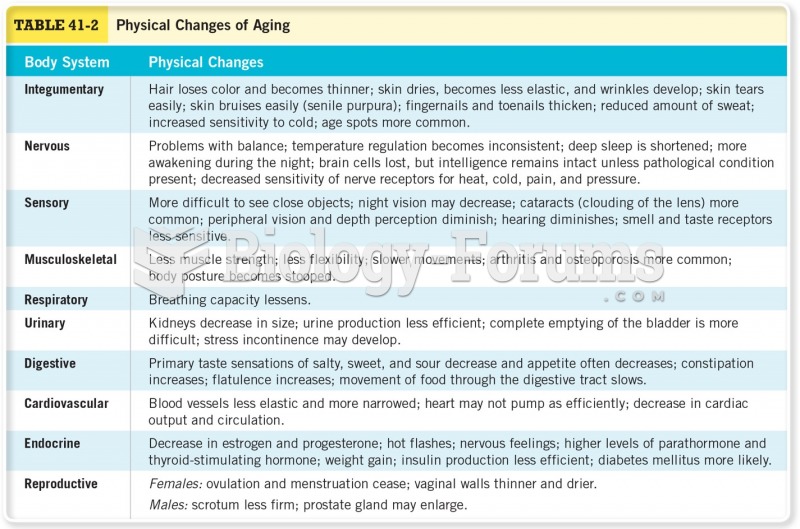Answer to Question 1
EFFECTS RISKS
1 . Increased heart rate Accelerated heart rate may give rise to heart irregularities that can be fatal such as ventricular tachycardia (extremely rapid contractions) or ventricular fibrillation (irregular, weakened contractions).
2 . Increased blood pressure Rapid or large changes in blood pressure may place too much stress on a weak-walled blood vessel in the brain, which can cause it to burst, producing cerebral hemorrhage or stroke.
3 . Increased body temperature Can be dangerous to some individuals.
4 . Respiratory effects Overdoses can produce gasping or shallow, irregular breathing that can lead to respiratory arrest.
5 . Dangerous effects in special populations Special populations are at greater risk from cocaine use or overdose. People with coronary heart disease have died because their heart muscles were taxed beyond the capacity of their arteries to supply oxygen.
6 . Nasal problems When cocaine is administered intranasally (snorted), it constricts the blood vessels serving the nose, decreasing the supply of oxygen to these tissues, leading to irritation and inflammation of the mucous membranes, ulcers in the nostrils, frequent nosebleeds, and chronic sneezing and nasal congestion. Chronic use may lead to tissue death of the nasal septum, the part of the nose that separates the nostrils, requiring plastic surgery.
7 . Lung problems Freebase smoking may lead to serious lung problems within 3 months of initial use.
8 . Malnutrition Cocaine suppresses the appetite so that weight loss, malnutrition, and vitamin deficiencies may accompany regular use.
9 . Seizures Grand mal seizures, typical of epileptics, may occur due to irregularities in the electrical activity of the brain. Repeated use, described as a type of kindling effect, may lower the seizure threshold. Some grand mal seizures are fatal, particularly when they occur in rapid succession or while driving a car.
10 . Sexual problems Despite the popular belief that cocaine is an aphrodisiac, frequent use can lead to sexual dysfunctions, such as impotence and failure to ejaculate among males, and decreased sexual interest in both sexes. Although some people report initial sexual pleasure with cocaine use, they may become dependent on cocaine for sexual arousal or lose the ability to enjoy sex for extended periods following long-term use.
11 . Other effects Cocaine use may increase the risk of miscarriage among pregnant women. Sharing of infected needles is associated with transmission of hepatitis, endocarditis (infection of the heart valve), and HIV. Repeated injections often lead to skin infections as bacteria are introduced into the deeper levels of the skin.
Answer to Question 2
Voluntary skeletal muscles are involved in generating heat, maintaining posture, assisting in breathing, and generating force.







